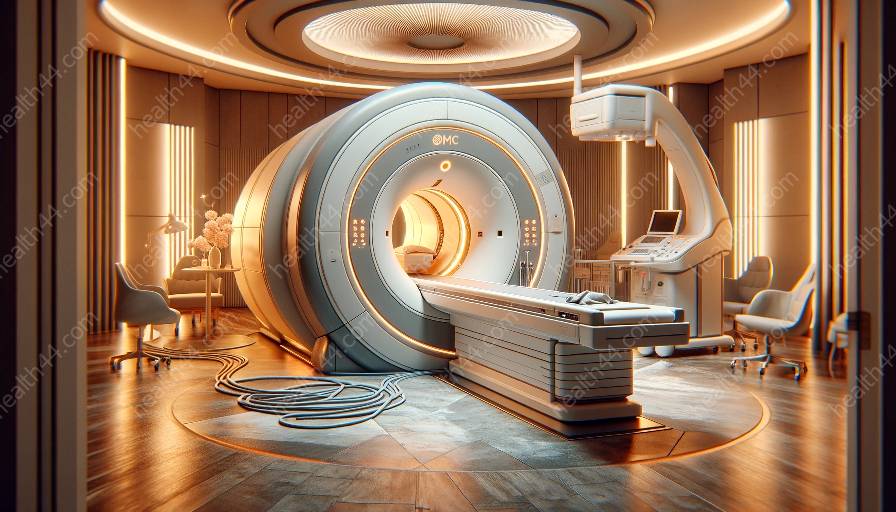Magnetic Resonance Imaging (MRI) machines are intricate medical devices that utilize the principles of physics to generate detailed images of the human body. MRI machines play a vital role in modern medical diagnostics, offering non-invasive and highly accurate imaging capabilities.
What is MRI?
MRI is a non-invasive diagnostic technique that uses a powerful magnetic field, radio waves, and a computer to produce detailed images of the body's internal structures. Unlike X-rays or CT scans, which use ionizing radiation, MRI machines rely on the natural magnetic properties of atoms within the body to create images without exposing the patient to harmful radiation.
Principles of MRI Machines
The principles governing the operation of MRI machines are based on the behavior of hydrogen atoms when exposed to a strong magnetic field and radiofrequency waves. Key principles include:
- Magnetism: MRI machines use a strong magnetic field created by superconducting magnets to align the hydrogen atoms within the body parallel or anti-parallel to the field.
- Radiofrequency Waves: By applying radiofrequency waves, the hydrogen atoms are temporarily excited, causing them to emit signals as they return to their original state.
- Signal Detection and Processing: Specialized coils within the MRI machine detect the emitted signals and process them using advanced computer algorithms to construct detailed images.
- Image Visualization: The processed signals are transformed into high-resolution images that provide detailed information about the body's internal structures.
Working of MRI Machines
The working of MRI machines involves several technical components and processes:
- Superconducting Magnets: The heart of an MRI machine is its superconducting magnets, which generate a strong and stable magnetic field essential for the imaging process.
- Radiofrequency Coils: These coils produce the radiofrequency waves required to excite the hydrogen atoms within the body.
- Gradient Coils: Gradient coils create varied magnetic fields to spatially encode the signals emitted by the excited atoms, allowing the construction of detailed 3D images.
- Computer System: Advanced computer systems process the signals detected by the coils and convert them into precise images using sophisticated algorithms.
- Visualization and Analysis: The resulting images are visualized and analyzed by medical professionals to diagnose various conditions and diseases with high accuracy.
Medical Devices & Equipment in MRI
In addition to the MRI machine itself, various medical devices and equipment are integral to the MRI process:
- RF Coils and Signal Processing Units: RF coils and signal processing units are crucial for transmitting and receiving radiofrequency signals, enabling the generation of clear and detailed images.
- Gradient Coil Systems: Gradient coil systems are responsible for creating the spatial encoding necessary for producing 3D images with exceptional clarity and precision.
- Patient Monitoring Systems: Specialized monitoring equipment ensures the safety and well-being of patients during MRI procedures, closely monitoring vital signs and ensuring compatibility with the magnetic environment.
- Injector Systems: Injector systems are used to administer contrast agents, enhancing the visibility of certain tissues and structures in the MRI images.
- Workstations and Analysis Software: Workstations equipped with sophisticated analysis software aid radiologists in interpreting and diagnosing the images obtained from MRI scans.
As technology continues to advance, newer medical devices and equipment are constantly being developed to enhance the capabilities and performance of MRI machines, further improving the accuracy and versatility of this indispensable diagnostic tool.
Conclusion
MRI machines, with their intricate principles and sophisticated working mechanisms, have revolutionized the field of medical imaging. The combination of advanced technology and innovative medical devices and equipment has enabled healthcare professionals to obtain highly detailed and precise images, leading to improved diagnostics and patient care.


